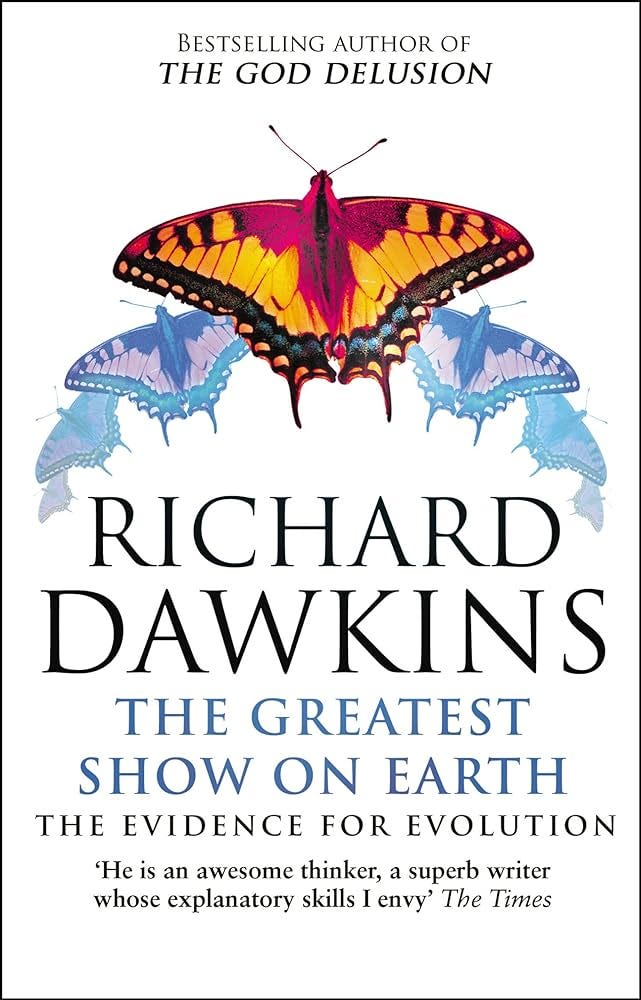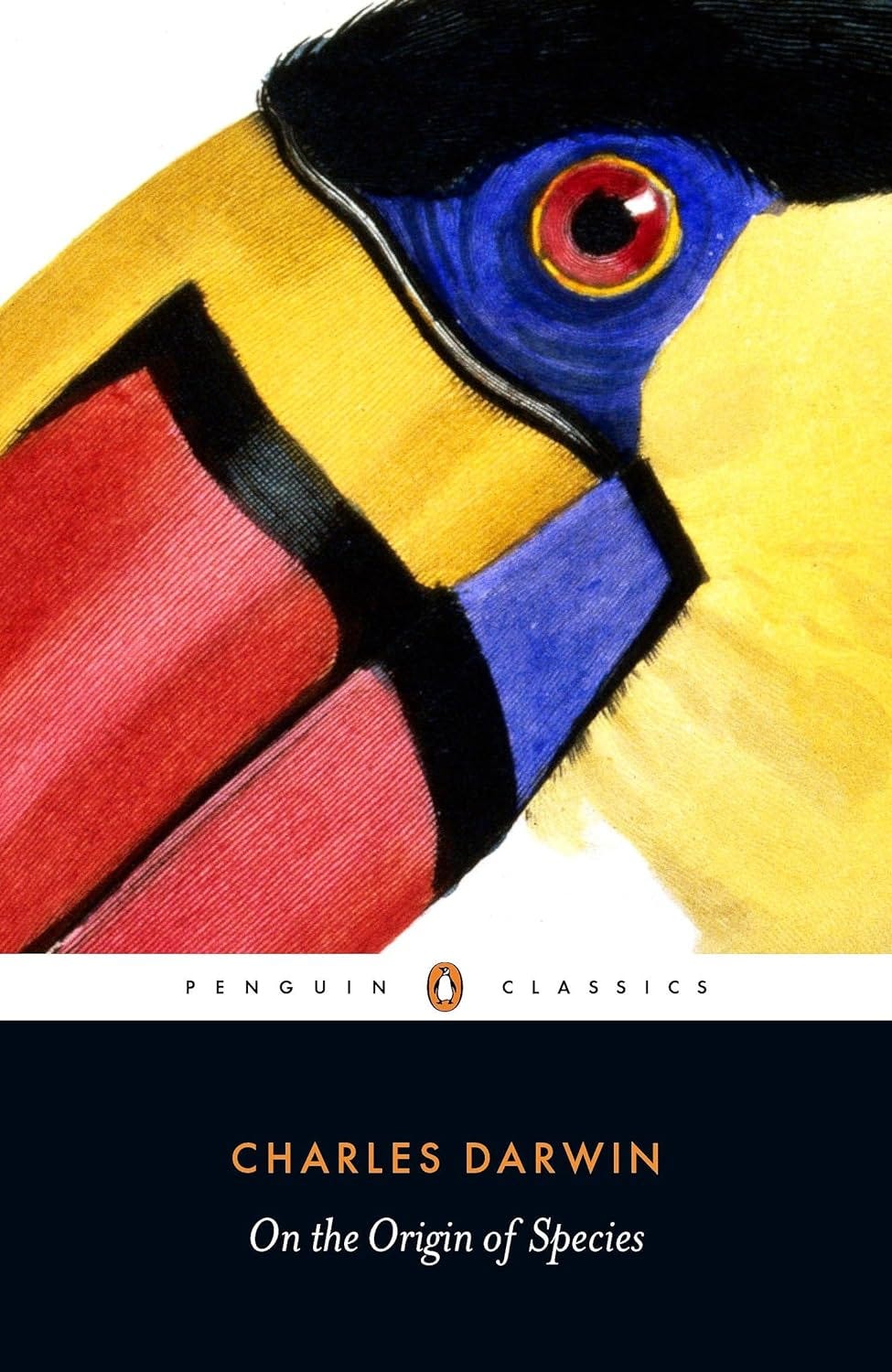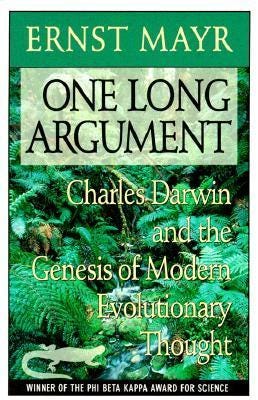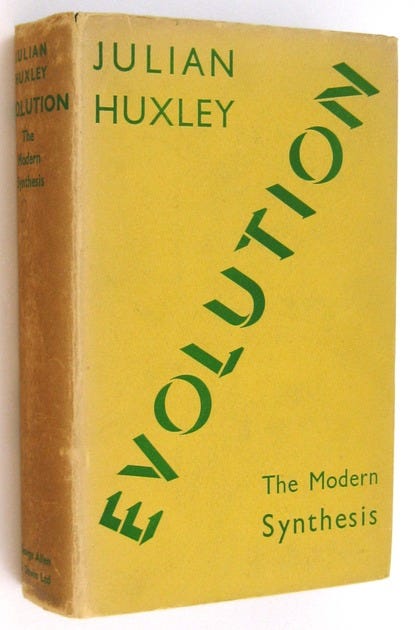Evolution — Definition and Implications (Part 1)
By Dr Alan Tuffery - Edited by Dr Gurjot Brar & Prof. Henry O'Connell
Dr Tuffery is a retired lecturer in Physiology with about 40 years' experience teaching and examining in Health Sciences and Science. This includes many different types of writing, from short-answer examination questions and essays to literature reviews, final-year dissertations and PhD theses.
Dr Tuffery was a College Tutor for over 30 years and Senior Tutor (1989-95) and was deeply involved in Student Services in Ireland and in the development of Disability Services in College.
Dr Tuffery has an abiding interest in words and language; he selected and collated an anthology of the Irish Times columns of the lexicographer, Diarmaid & Muirthe.
We are exceptionally delighted to have Dr Alan Tuffery write two articles on Evolution - Definition and Implications which will be published in two parts. Part one discusses the definition with part two exploring the implications of evolution.

What Is Evolution?
Over the last decade or so I have written about evolution as a key concept to make sense of us and our world. That is, I have written about the implications or consequences of evolution, rather than about what evolution is and why it is accepted by biologists. I have chosen to do this because I believe that the concept of evolution offers a coherent view of our world and our future and therefore is of fundamental importance to humankind and especially to humanists. In so doing I have unconsciously assumed that everyone knows the basics of evolution described so well by many excellent writers, most notably Richard Dawkins in his The Greatest Show on Earth (2009).
However, it might be useful to explain this wonderful idea further before reviewing its implications for humankind. In the first part I’ll consider the facts of evolution and the nature of the evidence. In the second I’ll set out the consequences for humankind: what should our goals should be, not only for individuals, but also for societies, all living things and the environment.
Evolution means the adaptive changes in living things/beings which fit them to their environment. This is quite distinct from the development of the embryo or its often voguish use for any change over time.
Before I go on to discuss the Theory of Evolution by Natural Selection, as described by Charles Darwin in The Origin of Species by Natural Selection (1859) and modified in the light of later knowledge, let me dispose of one false idea which is used to try to undermine the concept of evolution.
‘Theory’ does not mean that it is not accepted; it is not ‘only his theory’ as I once heard it described. On the contrary, it means that it is tried and tested and as a result widely accepted among scientists. In science, a tentative idea is referred to as a hypothesis or conjecture. Theory means that the idea has survived repeated testing and it is now the consensus. ‘Theory’ replaces the older idea of natural ‘laws’, fixed and immutable. (In science all theories are formally tentative and liable to change in the light of new evidence.) The strength of any theory depends on three things:
The rigour of the testing it survives
The number of phenomena it accounts for
The accuracy of the predictions that arise from it.
In science, a tentative idea is referred to as a hypothesis or conjecture. Theory means that the idea has survived repeated testing and it is now the consensus.
Darwin’s Big Idea/What is Evolution?
Essentially, Darwin proposed five key ideas, summarised by Ernst Mayer in One Long Argument (1991). I’ll summarise each in turn.
1) Evolution/Change
Darwin had to falsify the contemporary view that the world was recently created and species were unchanging. In the 19th century it was becoming clear that the Earth is more than a few thousand years old. We can have great confidence in this idea because it is established using several completely independent measures which all show that the Earth is about 4.5 billion years old.
This great age of the Earth is crucial to evolution because vast periods of time are necessary for genetic changes (mutations) to occur and for their consequences to be tested in the real world by ‘Natural Selection’. This vast time also evens out the effects of random events so that the major trend can predominate. Just think of the thousands of seeds produced by a single plant; perhaps only one will end up in a spot that is suitable to allow it to grow to maturity and produce offspring. Over vast time the best adapted to the local conditions will come to predominate. That’s how randomness works: vast numbers of opportunities operating over vast periods of time.

During the 19th century the discovery and examination of fossils showed that some species had become extinct while others had evolved and left modern descendants. These studies also showed that different species shared a common body plan, although it is much modified in some cases. For example, compare the human forelimb with that of a horse or bat. The plan is the same but each is massively modified to suit the animal for its way of life. Darwin also used the evidence from the ‘artificial selection’ by animal and plant breeders of his own time which showed that living species could change significantly at a much greater rate than could occur in nature.

2) Common Descent
Darwin called this ‘descent with modification’, that is offspring resemble their parents but are not identical. (Darwin actually had no knowledge of the mechanism of inheritance and mutation). The genetic differences arising from mutation and genetic shuffling during sexual reproduction are the basis of evolution. Differing circumstances will favour some genetic variants more than others, leading to differential distribution of genes throughout the population.
Descent with modification implies that all organisms come from a single common ancestor. The more closely related two species are, the more recent is their common ancestor.
3) Natural Selection
This Darwin inferred from ‘descent with modification’ and the fact that there are vastly more offspring than are needed for mere replacement of the population that there is competition for resources and mates, so that over vast time-spans the best ‘fitted’ to their circumstance would tend to survive and reproduce. In this way favourable mutations persist and become distributed through a population. This comes about by natural selection acting on the changes that occur by chance.
On average we each have about 150 genetic mutations compared to our parents.
Natural selection is the most important element of evolutionary theory and perhaps the hardest to grasp so I’ll present the example of the evolution of human skin colour in some detail. The earliest humans in Africa had dark skin which gave protection against strong sunlight. (Apart from sunburn, strong sun can also cause mutations which might lead to skin cancer). In that environment dark skin clearly has an adaptive advantage. However, as human populations migrated northwards — over tens of thousands of years — darker skin became a disadvantage because it is less able to make vitamin D, which requires sunlight (Vitamin D is required for heathy bone growth). Darker skin was no longer adaptive but had a selective disadvantage (maladaptive) while paler skin became adaptive. In genetic terms, genes which reduced the skin colour were favoured and became more widespread in the population as a whole. In other words, those with paler skin were better able to thrive and pass on their genes to the next generation in that context.
4) Species Multiply
A species is usually defined as a group of organisms that commonly interbreed and rarely or never interbreed with other members of related species. The simplest mechanism for forming new species is geographical isolation — by seas or mountains, for example — so that interbreeding is no longer possible and the separate populations diverge by adapting to different food or acquiring different mating behaviours — adaptations which are inherited. Eventually the populations become so different that they can no interbreed, even if reunited.
‘Darwin’s Finches’ in the Galápagos islands are a classic example. When the Galápagos islands were formed by volcanoes they were colonised by a single species of finch from the South American mainland. They diverged over thousands of years acquiring mutations affecting, for example, beak shapes which adapted them to use new foods. Eventually the differences were so great that they became different species incapable of interbreeding.

5) Gradualism
There are no sudden leaps in evolution; new types do not suddenly arise, but are formed by the gradual accumulation of beneficial mutations and adaptations.
"Nothing in Biology Makes Sense Except in the Light of Evolution" Theodosius Dobzhansky (1973) American Biology Teacher, 35 (3): 125–129.]
This summary of the main processes of evolution by natural selection shows that the workings of random processes with no purpose result in increasing levels of adaptation of living things to their environment. This is based on the fact that individuals vary and much of the variation is inherited. In competition for resources any slight advantage will be retained and spread through successive generations. In this way small changes can pile up to lead to large changes and eventually to new forms and new ways of life.
The Modern Synthesis
In Darwin’s time there was no understanding of the mechanism of heredity which makes it all the more remarkable that he was able to take his ideas so far. Gregor Mendel first published his work in 1886 and showed that heredity was in discrete units which were passed down the generations and combined in consistent ways. His revolutionary work was not rediscovered until the early years of the 20th century when the mechanisms of mutation and the spread of variant genes through populations were clarified. This work was brought together into a coherent whole by Julian Huxley in Evolution: The Modern Synthesis (1942) to give what is sometimes called ‘Neo-Darwinism’. At that time this book was described as ‘the outstanding evolutionary treatise of the decade, perhaps the century.’
We have concluded our summary of evolution by natural selection. There is much more that could be said because nature is complex and full of variety. Part II will examine the implications of evolutionary thought for humans, their societies, relationships with other living things and the environment — and indeed our future.

If you enjoyed this article and would like to discover more about Evolutionary Psychiatry please consider:
subscribing to our Substack to receive regular content updates
visiting the webpage of the Evolution and Psychiatry Special Interest Group within the College of Psychiatrists of Ireland
visiting the webpage of the Evolutionary Psychiatry Special Interest Group within the Royal College of Psychiatrists
exploring a Youtube playlist on curated presentations by the Evolution and Psychiatry Special Interest Group within the College of Psychiatrists of Ireland
exploring the Youtube page of the Evolutionary Psychiatry Special Interest Group within the Royal College of Psychiatrists
exploring the Evolving Psychiatry podcast







Thanks for this pleasantly readable article; makes me curious to the next one!